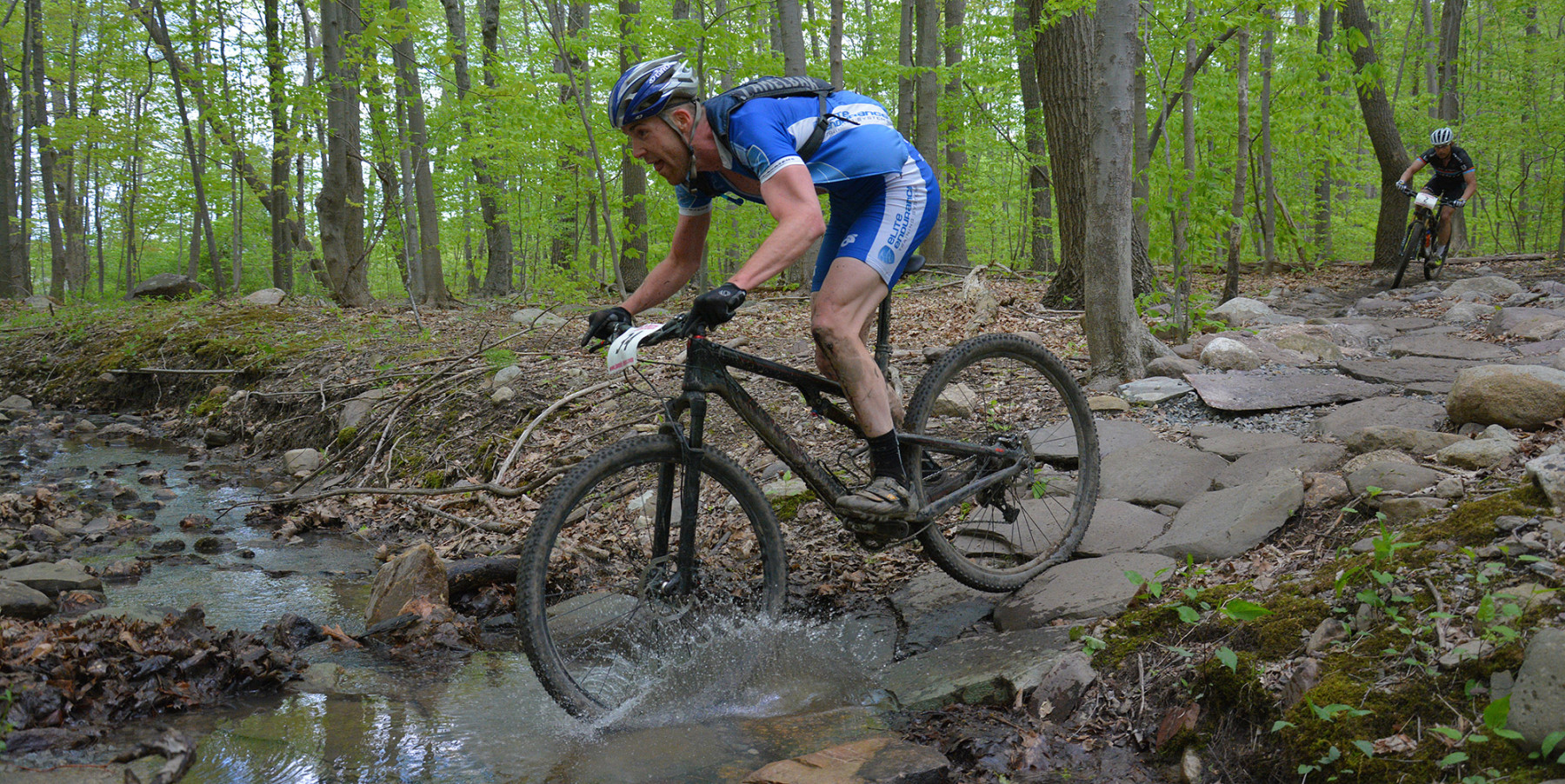Cadence
BY KENNETH LUNDGREN
I have to admit: I am very finicky about finding the optimal cadence. And by optimal cadence I don’t mean just cruising around, where am I most efficient? A good rider should try to zero in where he/she is best suited for sub-threshold, LT, Vo2 max, anaerobic threshold, and sprint intervals. For each effort, usually a slightly different cadence will prove beneficial…
I study my athlete’s cadence graphs very carefully, looking for where they are most powerful and efficient. Over time, by experimenting and recording what works and what doesn’t, eventually the power goes up and HR goes down… Money in the bank!
TT pace, usually threshold efforts, are the middle ground. If you TT at around 90 rpms, then you’re climbing cadence will usually be slightly lower than that… And your tempo cadence will usually be slightly higher than the threshold number… When you’re going all-out, full pedal to the metal for short white-hot efforts, the cadence will be lower — usually — than your TT threshold number…
For most riders, this holds true. I look for it in files before I even say anything. Mike Gisler, last year’s TT king, TTs at around 90 rpms! Yowza! He likes to climb at around 85 rpms, and his Tempo cadence is 92-93 rpms on average. When he’s ripping along max effort, he can float from 80-85 rpms…
I like to TT at around 100 rpms, climb at around 95 rpms, tempo 105+ rpms, and when I’m bridging gaps or attacking, in my files I see I gravitate to low 90s… Nick Bruno, Evan Cooper, these two studs also fall closely within these cadence parameters, and I try to strengthen each part of their engine by making sure they use the proper gear for each effort…
It’s important to key into this and use similar cadences during training — this way, you can really dial in the effort and be better prepared to have a great performance come race day. When you want to maximize your performance, you need to investigate all possible options to ensure you can truly reach 100% of your potential.
The data doesn’t lie. I like to run guys through threshold work, varying the cadences, hit other efforts, see where the power is best with which cadence. It takes time, and I take a ton of detailed notes, but it’s worth it if you can go faster and burn less fuel. When guys are paying you to improve, you want to leave no rock unturned.
This year, through experimenting, although I love spinning and riding a 100+ cadence during TTs, I realized I WAS faster with a lower cadence, and at the Somerset TT I forced myself to push a bigger gear, averaged 96 rpms, and broke the course record for my second win of the year. If I wasn’t so cadence-obsessed and a power-file fiend, I don’t think I would’ve had that superb day…
Take the time to experiment and see what works. You may surprise yourself. In the end, the name of the game is SPEED and sometimes you just need to make a subtle change to get to that next level…
Thanks for reading.


